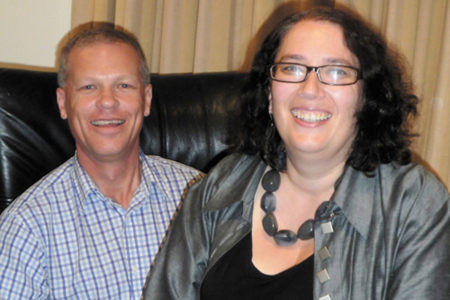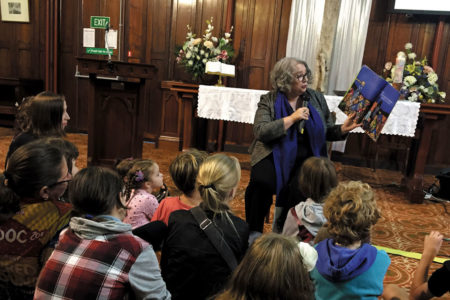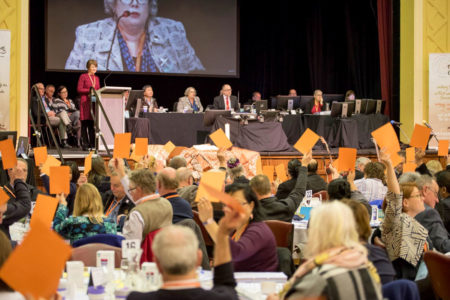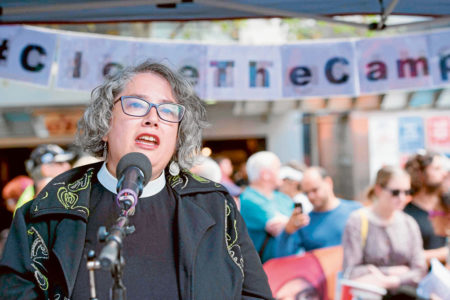What we do with our bodies says a lot about what we believe.
Not in a body-shaming sense, rather what we do with our bodies – where we spend our time, the causes we show up for, the people we support and care for – says a lot about what we believe.
The events of Easter show me the truth of this clearly. The story of Easter is all about what happened to Jesus’s body. It is the story of what others did to him and what he allowed to happen.
It is the story of empire imposing its rule through torture and capital punishment. It is the story of a person at their loneliest and lowest being abandoned and betrayed by those they loved and being accompanied and sustained by a loving community.
It is a story of a body put to death cruelly. Of a dead body being lovingly tended.
It is a story of Jesus’s willingness to live faithful to the vision of God’s purpose, which he proclaimed in story, healing, welcome and with his body – even when it meant surrendering his body to suffering and death.
Jesus being faithful to living as the beloved Son of God is borne in his body, as it is beaten and mocked and crucified.
It is the story of Jesus’s body bearing the worst that we humans can do, bearing our rejection of God and God’s way, bearing our suffering, our violence, our injustice.
The third verse of the hymn When I Survey the Wondrous Cross is another more poetic way of speaking of Jesus’s embodiment of love and grace in his dying on the cross.
This verse reminds us that in his very body: his head, his hands and his feet, Jesus carries the love of God for the world and the sorrow of God about the cruelty and injustice in the world.
See from his Head, his Hands, his Feet, Sorrow and Love flow mingled down!
Did e’er such Love and Sorrow meet? Or Thorns compose so rich a Crown?
Easter is also a story of a body resurrected as God’s way of vindicating Jesus’s life and teaching. It is God’s way of saying No to our rejection of Jesus’s way and Yes to God’s unending love for creation. Yes to God’s presence in the world, of God’s embrace of creation as the place where God’s reign is manifest.
All the accounts of Easter tell us something happened to Jesus’s body and all the accounts but Mark (who has no post-Easter appearances) speak of the embodied presence of the Risen One as both completely new and yet recognisable.
One significant way we bear witness to this story in the world is what we do with our bodies both as individual followers of Jesus Christ and as the body of Christ in the world.
If we believe that Jesus’s tortured body is God’s act of solidarity with those who are victims of violence and God’s judgment on those who abuse, torture, maim and kill then we need to place our bodies alongside current victims of abuse. We need to raise our voices in protest, to speak out in the life of the church about abuse, work against systems that entrench unjust power and vote for justice and fairness.
If we believe that Jesus’s living, dying and rising make manifest in a human life the love and welcome of God through his eating with outcasts, his welcome of women, his willingness to dine with a tax collector, his building a community of followers, his welcome of each of us into the life of God and his suffering love on the cross then we need to show up in love for those in need of it.
Yes many of us are busy, overscheduled and juggling many commitments, but nothing says I’m with you, I support you, I notice you like being present.
If the Easter story speaks truth to us, if we find life in it, if we know salvation through it then we are invited to this story with our living in the world with our bodies and lives.





